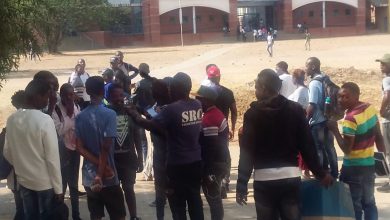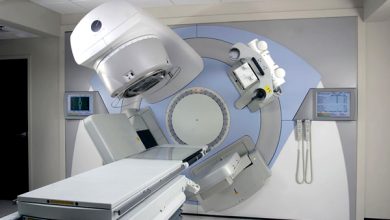Power crisis: Govt resorts to increasing imports

The government has resorted to increasing electricity imports from neighbouring countries in the face of a crippling power crisis in which citizens go for between 18 to 20 hours in darkness.
The crisis was heightened by the depletion of water levels last month at Kariba Hydro Power Station which produces 70 percent of the country’s electricity needs.
The Zimbabwe River Authority, which manages Kariba Dam, co-owned by Zimbabwe and Zambia, had initially ordered the Zimbabwe Power Company (ZPC) to stop generating electricity from the dam.
However, after negotiations, ZPC was later allowed to continue generating power from the power Station at a reduced capacity of between 250 to 300 megawatts.
That effectively resulted in the loss of about 300 megawatts of capacity on the national grid, increasing the country’s power deficit to over 500 megawatts.
Presenting a ministerial statement on the energy situation in the country at the National Assembly Wednesday, Energy and Power Development Minister, Zhemu Soda said increasing power imports was one of the strategies being adopted to mitigate the crisis.
“Madam Speaker Ma’am, in order to mitigate the current shortfall that was occasioned mainly by the reduced power generation from Kariba Power Station the Ministry together with ZESA have come up with some measures,” said Soda.
“The first one is to increase our imports, which I have already indicated that we are currently receiving 300mw. We intend to increase by an additional 500mw which we are targeting to get from Mozambique and from the Southern African Power Pool.”
The country’s current available internal generation capacity, Soda said, gets to around 800mgw and the power is contributed as follows: from Hwange there is a generation of up to 400mgw, Kariba is generating between 250mgw and 300mgw.
The small thermal power stations are contributing 30mgw while independent power producers are contributing a total of 56mgw.
“We are also getting some imports of electricity from Eskom, which is supplying us with 100mw and another 50mw from utilities in Mozambique called HCB and EDM also supplying 50mw,” he said.
“ZESCO of Zambia has an agreement with ZESA for the supply of 100mgw and in total, we are getting 300mgw as power imports. Discussions are currently underway for an additional capacity of 150mw from Mozambique, particularly from EDM power utility. We will also get another 50mw from the participation of ZESA at the Southern Africa Power Pool Electricity Market to give us an additional 200mw over and above the 300mw which we are currently importing.”
The minister said another measure to mitigate the crisis was to ramp up local generation.
“There is potential to increase generation at Hwange Power Station and I have already indicated that at the moment, we are getting 400mgw and the intention is to have it staying on the grid and sending that 400mw,” he said.
“Then from the small thermal power stations, we are intending to increase production and obtain a contribution of 45mw.”
He further explained: “The independent power producers who are currently connected to the grid would be expected to contribute around 75mgw with special focus on ZEE which is to us a low-hanging fruit currently sending out 17mw but their capacity is 40mw. They have depressed power generation as a result of incapacitation, which we are currently working on in terms of the coal which they require for power generation.”
He added: “To that end, a rescue package has been proposed from the government to cover additional imports, coal supply and transport costs which have been an inhibiting factor to have adequate coal supplies at the small thermal power stations. Discussions are currently underway with the Treasury for the release.”






